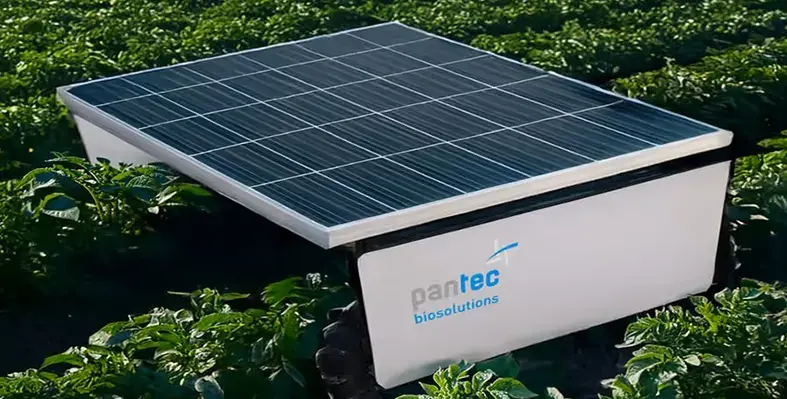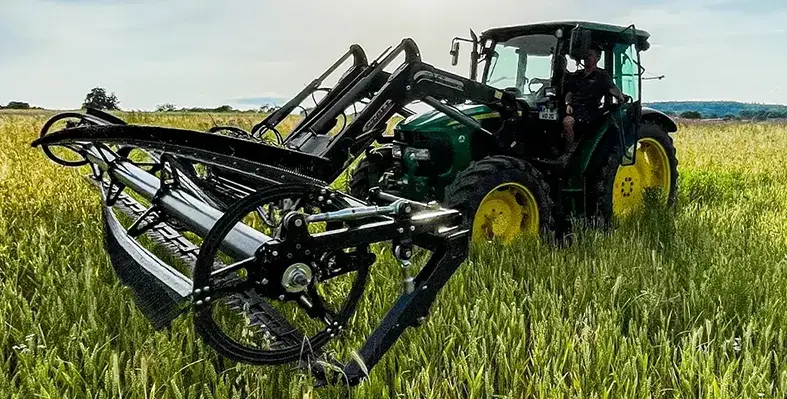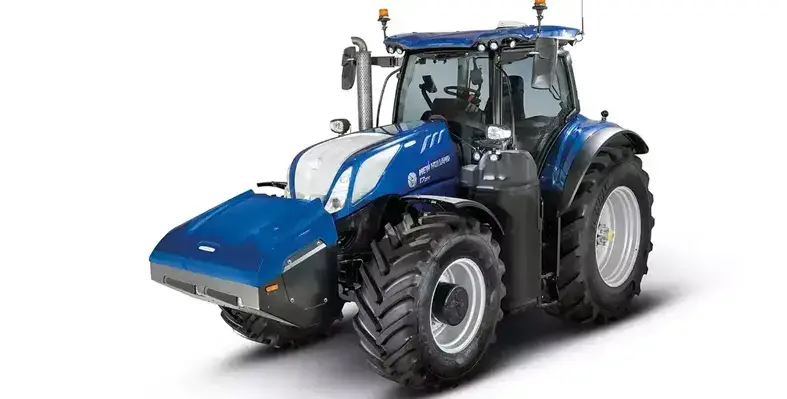Traditional laser-based weed control systems have long struggled with inefficiency, requiring extremely high-powered lasers to burn away unwanted plants.
This not only makes them energy-intensive but also raises safety concerns, from fire hazards to potential eye injuries. However, a game-changing innovation from Pantec Biosolutions is transforming the field of sustainable agriculture.
The Detect & Laser Treatment system takes a completely new approach by cutting weeds rather than burning them, using Pantec’s patented 3-μm laser. This particular wavelength is highly absorbed by both water and chitin – the material found in insect shells and many pest organisms. As a result, the system requires significantly lower radiation doses, making it far more compact, energy-efficient, and safer to use than traditional systems. “This allows for significantly lower radiation doses, which keeps the control system compact and energy-efficient, and also significantly reduces the risk of eye injury or fire.”
What sets this system apart is its versatility. It’s not just effective against weeds it also targets pests like insects that contain chitin. This biocide-free approach makes it an ideal fit for farmers transitioning from conventional to organic methods, as it eliminates the need for chemical herbicides and pesticides while protecting soil health and biodiversity.
Enter LaserFly, the autonomous agricultural robot powered by this revolutionary laser technology. Designed with sustainability at its core, LaserFly uses advanced AI-driven image recognition to identify and neutralise weeds and pests with surgical precision. Its laser selectively targets only harmful species, ensuring beneficial insects and surrounding flora remain untouched.
LaserFly represents a significant leap forward in precision farming. “By increasing efficiency of natural resources use and integrating innovative biotechnological methods, LaserFly supports a healthier and more resilient agricultural system.” The robot's capabilities are fully aligned with ambitious environmental goals, including the European Green Deal, which calls for a 50% reduction in hazardous pesticide use by 2030.
With a wavelength of 2.94 µm that ensures strong water absorption, peak laser power of up to 100 W, and rapid, intelligent targeting through AI, LaserFly is engineered for adaptability and performance. This isn’t just another farm robot – it’s a sustainable solution for modern farming.









